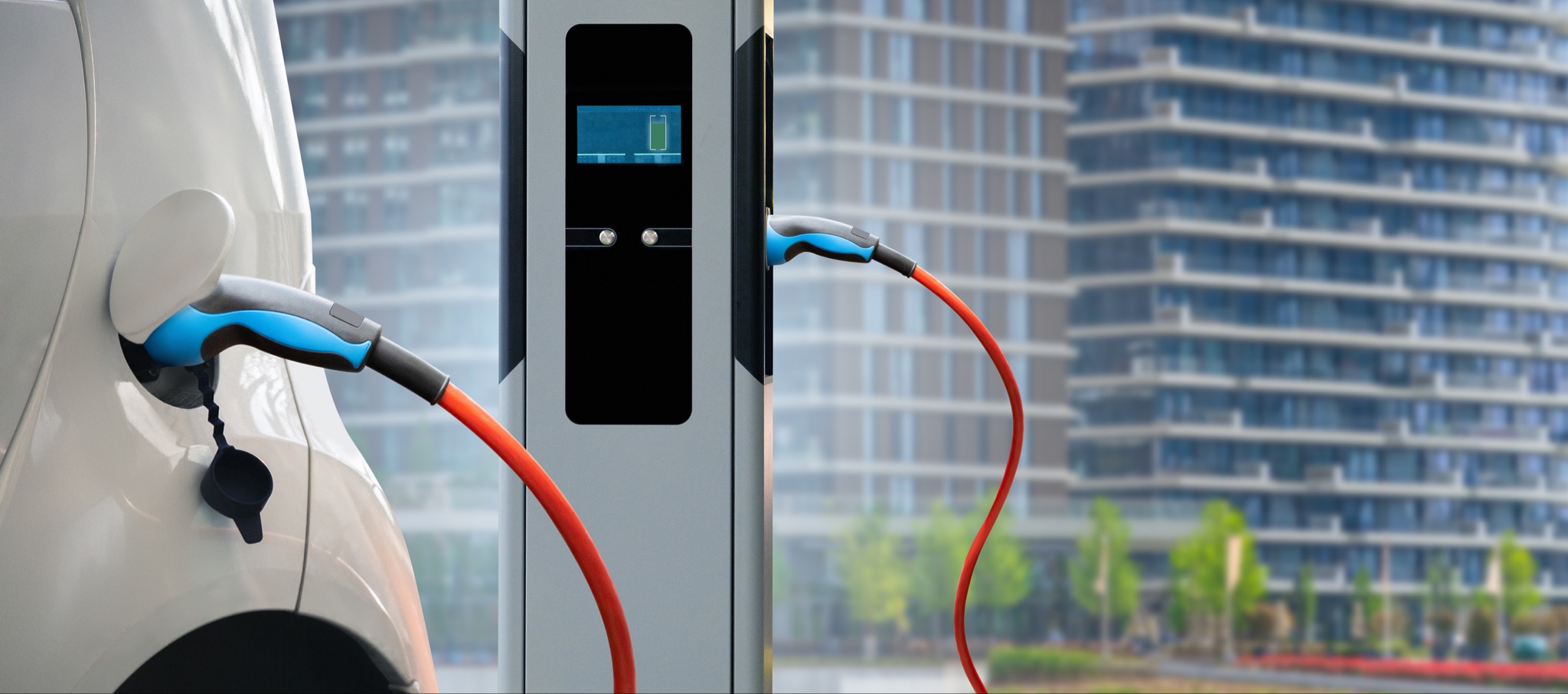The charging aspect of owning an electric vehicle has always been a topic of conversation for current and prospective owners of electric vehicles. Questions about how long an EV takes to charge will always come up. With diesel cars, loading up on gas is a reasonably fast activity, and for gas car owners, it is a major advantage for why they might want to stick with their ICE engines.
On the other side of the coin, charging an EV vehicle isn’t quite the same time-consuming activity it used to be in the past. You have access to many time-saving options now, and if you plan your movements, you’ll hardly ever run out of battery power.
But how long do you have to wait to fill up the battery if you’ve run out? Keep reading to find out.
Charging Speed for EV Charging
There is no standard timing for the charging speeds of electric vehicles. How long it takes your vehicle to charge depends on factors like the level of charging, charging cables, the type of current charging, your vehicle’s battery size, etc.
In considering the level of charging, you can find a reliable charging range depending on the charging level. If you want a specific time, this formula can help.
Charging Time = Battery Size ÷ Charger Power.
You can get your charger power from the charging level.
Types of Charging Levels
There are four levels of charging, and they affect charging speed.
Level 1 Charging / Trickle Charging
Level 1 charging, also known as trickle charging, is the lowest charging level. It is also the slowest, hence the name trickle charging. Level 1 charging usually occurs at home using regular home plugs, which is why one of the connectors used in level 1 charging is a 3-pin. You can also opt for a wall box. Either way, it is a convenient option for EV owners who might want to charge their batteries overnight.
For all of its convenience, level 1 charging is slow. Depending on the battery capacity, it can take an electric vehicle anywhere from 12 to 20 hours to juice up fully. This slowness is due in part to the output capacity of the power, which is somewhere between 3 and 5 kW. The current it charges with also plays a role. Home chargers plugged directly into a home socket use AC instead of DC. The conversion from AC to DC also constitutes a drag on the charging time.
You can upgrade your home charger to a level 2 charging output to improve charging while maintaining convenience.
Level 2 Charging / Fast Charge
Level 2 charging is the next level of EV charging, and it is faster than trickle charging. It has a fast charging time of 6 hours and a power capacity of 40 kW.
Fast charging is also commonly referred to as public charging because it is the most common charging level seen at charging stations. There are more than 15000 electric vehicle charging stations spread across the UK. This number would likely increase as more people adopt electric vehicles.
Asides from charging stations, fast charging is also the standard for charging spots found at supermarkets, malls, and businesses. A small percentage of homeowners who prefer fast charge to trickle charging also have fast charge outlets installed in their homes.
DC Fast Charging / Rapid Charging
Rapid or DC charging is a faster version of the fast charging above. Rapid charging allows your battery to be fully charged in 20 to 60 minutes, depending on the car battery. At 50kW, it doesn’t take long for even the highest EV batteries to fill up.
Note that rapid charging isn’t the best for a long-term charge. Using it consistently to charge your electric car could damage its battery. You can find rapid charging in most EV charging stations UK.
Ultra-Rapid Charging
Ultra-rapid charging is rapid charging with a power capacity of 100 to 350kW and a shorter charging time of fewer than 30 minutes. Ultra-rapid charging is commonly known as road trip charging because most people use it to fix up fast when on a trip.
Tesla Supercharger
The Tesla Supercharger isn’t a separate category of charging on its own. However, it gets a special mention because Tesla chargers can only be used by Tesla cars. A typical Tesla Supercharger has a high power capacity and can fully charge a Tesla in under 40 minutes. Tesla owners can use the EV charging app to locate one of the many Tesla charging stations in the UK.
Conclusion
Charging your electric vehicle doesn’t have to be the struggle you envision it to be. With all these charging options at hand, you can have your car charged and ready to go without being stranded or having to stand for a few minutes at a station waiting for your vehicle to charge.













